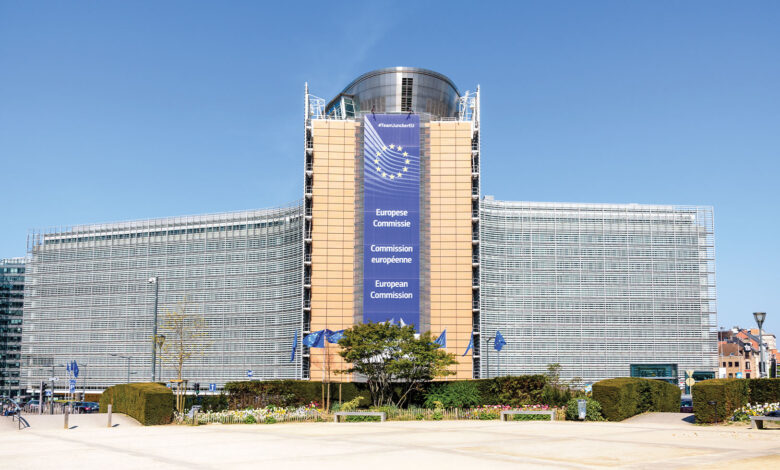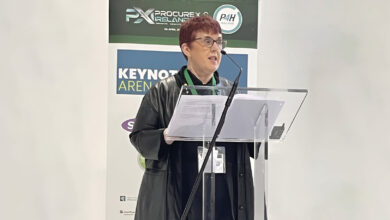Review of EU Public Procurement Directive underway

On 29 October 2024, the European Commission confirmed that it is conducting an evaluation of the Public Procurement Directives. This evaluation aligns with the political guidelines for the 2024-2029 term and responds to requests from the European Court of Auditors and the Council of the European Union.
The Commission has indicated that the review will cover a range of topics including the level of competition within EU procurement markets, procedural simplification, and the extent to which strategic objectives have been achieved. A call for evidence and a public consultation are to be launched, with input expected from contracting authorities, economic operators, and civil society stakeholders.
This development follows the publication of a review of the evolution of public procurement in the EU between 2011 and 2021 – formally titled Special Report 28/2023 – by the European Court of Auditors (ECA) on 4 December 2023. The review provides insight on competition levels, data quality, procedural efficiency, and alignment with the stated objectives of 2014 legislative reform.
Decline in competitive tendering
According to the ECA report, competition in public procurement procedures decreased over the decade in question. The proportion of procedures with a single bidder increased from 23.5 per cent in 2011 to 41.8 per cent in 2021. During the same period, the average number of bidders per procedure declined from 5.7 to 3.2.
The rate of direct contract awards – defined as awards made without a prior call for bids – stood at approximately 15.8 per cent in 2021. The report notes that this figure varied significantly between member states, with Cyprus recording a rate of 42.3 per cent, while Greece reported 3.1 per cent. The ECA asserts that rates above 10 per cent are “problematic”.
Cross-border procurement accounted for approximately 5 per cent of procedures throughout the period under review. The report notes minimal variation over time. Luxembourg and Ireland reported above-average levels of cross-border procurement, at approximately 30 per cent and 15 per cent respectively.
Limited impact of 2014 reform
The 2014 reform of the Public Procurement Directive was intended to achieve simplification of procedures, improved access for small and medium-sized enterprises (SMEs), and greater integration of strategic policy goals. The report concludes that these objectives have not been met.
Regarding administrative efficiency, the average duration of award procedures increased from 62.5 days in 2011 to 96.4 days in 2021. Survey respondents cited process complexity and administrative burden as factors discouraging participation in tenders.
On SME access, the report finds no significant change in participation levels. Data from 2016 to 2021 shows stability in both the share of contracts awarded to SMEs and the volume of bids submitted by SMEs. Variations between member states were observed but not consistent across the dataset.
In terms of strategic procurement – referring to tenders designed to support environmental, social, or innovative objectives – the report notes that most procedures continue to rely exclusively on the lowest-price criterion. In eight member states, over 80 per cent of contracts were awarded based on price alone. The use of most economically advantageous tender (MEAT) criteria remains limited.
Monitoring and data quality
The report identifies weaknesses in the monitoring frameworks maintained by the Commission and member states. National monitoring reports lack uniformity and contain limited quantitative data. The Commission’s Single Market Scoreboard does not include disaggregated regional or sectoral data and lacks indicators on strategic procurement and appeals.
The primary data source for EU procurement monitoring, Tenders Electronic Daily (TED), exhibits persistent data quality issues. As of 2021, approximately 30 per cent of notices lacked complete values in key fields such as estimated contract value and number of offers received. Data input errors, such as implausibly high contract values (e.g., €9,999,999,999.99), were also identified.
The lack of a common unique identifier for contracting authorities and economic operators was noted as an obstacle to transparency and data reliability. Existing proposals for unique identifiers, such as the EORI number or eIDAS-based solutions, have not been implemented EU-wide.
Limited corrective action
The report states that the Commission has taken limited and fragmented action to address the decline in competition. While a 2017 strategy paper outlined six thematic areas for improvement – including professionalisation, strategic procurement, and digitalisation – few of the related initiatives were implemented in full or within the originally intended timeframe.
Member state-level actions were also characterised as limited in scope. The report indicates that procurement authorities primarily focused on compliance with formal legal requirements rather than on the performance of procurement procedures. Survey data shows that a significant proportion of national stakeholders are either unaware of or do not make use of key indicators such as the single-bidding rate or the share of direct awards.
Recommendations and Commission response
The ECA issued four recommendations to the European Commission:
- clarify and prioritise public procurement objectives;
- close existing gaps in procurement data collection;
- improve the effectiveness of monitoring tools; and
- analyse the root causes of limited competition and identify corresponding policy responses.
In its formal reply, the Commission accepted all four recommendations and committed to integrating them into the forthcoming evaluation process. It also referred to the planned rollout of the Public Procurement Data Space (PPDS), which aims to consolidate procurement data across member states and improve access to information. Full implementation of PPDS is anticipated by 2025.
Next steps
The Commission’s evaluation process is expected to run throughout 2025. Outcomes will inform possible legislative or policy changes in the current mandate. The call for evidence and public consultation will be the main mechanism for stakeholder engagement during the review period.
The evaluation is intended to assess the effectiveness, efficiency, coherence, and relevance of the existing Public Procurement Directive, with particular attention paid to the implementation of the 2014 reform and recent trends in procurement practice.





